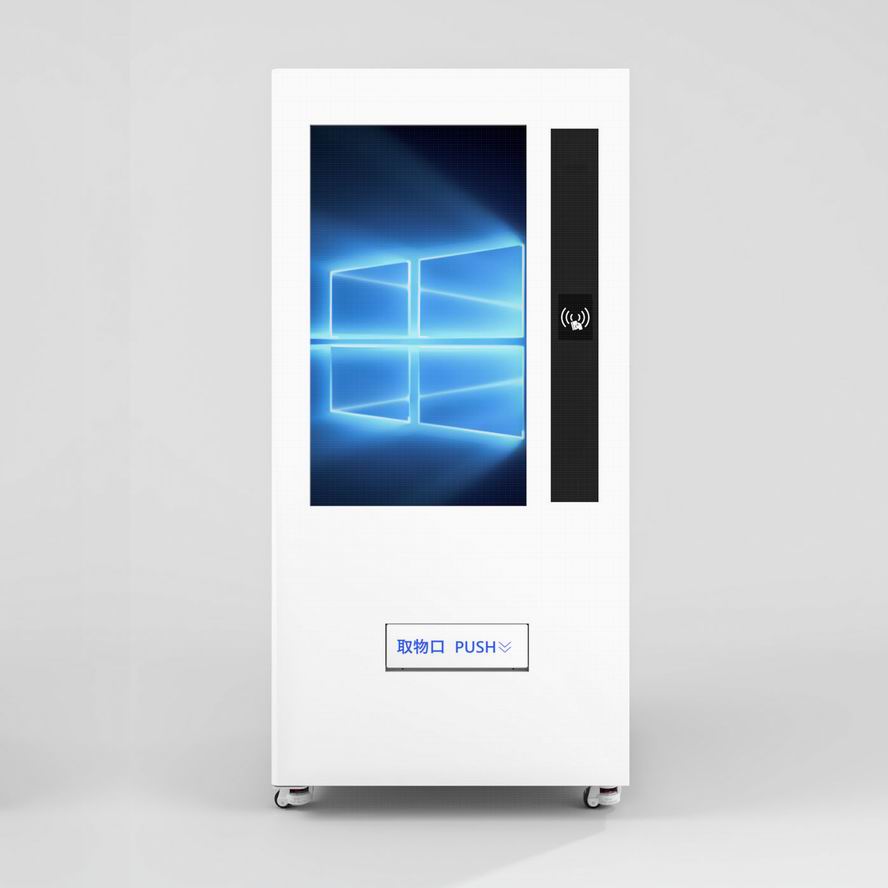Bamboo and wooden flooring not only brings warmth in winter and coolness in summer, but also enhances the aesthetics of your living room while reflecting the owner's personality. With the growing popularity of bamboo flooring in the market, more brands are emerging, but the quality varies widely. So, what should consumers consider when choosing bamboo flooring? 1. What Are the Benefits of Bamboo Flooring? Bamboo flooring is crafted from natural, high-quality bamboo, offering a unique texture that blends elegance with durability. It features a beautiful color palette, excellent elasticity, moisture resistance, hardness, and provides thermal comfort throughout the year. Additionally, it outperforms wood flooring in terms of thermal conductivity, stability, environmental friendliness, and resistance to deformation, making it ideal for underfloor heating systems. It also shares many advantages of wood flooring, such as flexibility, noise reduction, and easy maintenance. 2. How Is Bamboo Flooring Different from Wooden Flooring? Compared to wooden flooring, bamboo flooring typically has a longer lifespan. In most cases, the cost of premium bamboo flooring is similar to mid-range wooden flooring. Both materials are sensitive to moisture, which can cause warping. However, bamboo has a higher fiber density, so when submerged in water for 24 hours, its expansion rate is only half that of wood. This makes it more stable in humid conditions. 3. Are There Quality Standards for Bamboo Flooring? High-quality bamboo flooring is made from mature bamboo (at least four years old) and undergoes advanced processing, including high-temperature cooking, using environmentally friendly adhesives and UV flame-retardant coatings. Always check for certifications to ensure the product meets safety and quality standards. The national forestry standard LY/T1573-2000 outlines specific technical parameters for bamboo flooring, such as moisture content (6–14%), hardness (55.0 MPa), static bending strength (90 MPa for thickness over 15 mm), wear resistance (0.08 g/100 rpm), and formaldehyde emission (1.5 mg/L). Standard dimensions include 900 × 90 × 18 mm, 900 × 110 × 18 mm, and 900 × 135 × 18 mm, with newer sizes like 1820 × 150 × 18 mm and 1210 × 120 × 18/15 mm also available. Consumers should verify these specifications against the manufacturer’s certifications to ensure compliance. 4. Does Bamboo Flooring Have Paint? Painting is essential during the manufacturing process of bamboo flooring. To protect the floor from moisture and enhance its appearance, durability, and resistance to stains, a protective coating is applied. Most products are finished on five sides, with two layers on each side, creating a thick protective film. The paint should be neither too hard nor too soft—moderate hardness ensures good wear resistance, scratch resistance, and flexibility. 5. Is Bamboo Flooring Eco-Friendly? Bamboo flooring is one of the greenest flooring options available. As a fast-growing, renewable resource, bamboo regenerates quickly without harming the environment. It absorbs and decomposes carbon dioxide up to 20 times more efficiently than regular wood, producing more oxygen in the process. Moreover, the production of bamboo flooring involves purely physical processes without harmful chemicals or emissions, making it a safe and sustainable choice for eco-conscious homeowners. 6. Is Older Bamboo Better for Flooring? The age of the bamboo doesn't necessarily determine the quality of the flooring. Manufacturers often apply various treatments before selling the product to meet different consumer needs. Typically, bamboo used in home decoration is 4–6 years old. Younger bamboo is too soft, while bamboo older than nine years becomes too brittle and thick, making it unsuitable for flooring. Some sellers may emphasize the thickness of the board as a selling point, but this can be misleading. Thicker boards may indicate poor quality due to brittleness. In general, a thickness of 1.5 cm is ideal for bamboo flooring. Intelligent Stereoscopic Warehouse Intelligent Stereoscopic Warehouse,Mes Smart Stereoscopic Warehouse Equipment,Full Intelligent High Storage Warehouse,Intelligent Logistical Warehousing Automated Warehouse Jiangsu Xicang Intelligent Technology Co., Ltd. , https://www.xciwarehousing.com
As a former domestic MRO category manufacturer, independently developed product series: Intelligent Tool Cabinet, Intelligent Tool handle management Cabinet, Intelligent Labor protection equipment management Cabinet, Intelligent Tool management Cabinet, Intelligent Standard parts and consumables management Cabinet, Intelligent Office supplies management Cabinet, etc., widely used in high-end manufacturing fields such as automotive industry, mold manufacturing, engineering machinery, power generation equipment, precision machinery, aviation and automotive industry, mold manufacturing, engineering machinery, power generation equipment, precision machinery, aerospace, medical .Product weight: 120KG
Dimension: 880mm long; 500mm thick; 1950mm high
Grid size: 98mm long; 500mm deep; 120mm high
Screen size: None, follow the main cabinet
Product color: White yellow (customizable)
Capacity: 80 grids
Applicable system: None, follow the main cabinet
Power supply: AC220V/50HZs. We are excited to announce the launch of our newest product line, designed to meet the evolving needs of modern CNC machining operations. This innovative line features advanced features and cutting-edge technology to enhance productivity and efficiency.